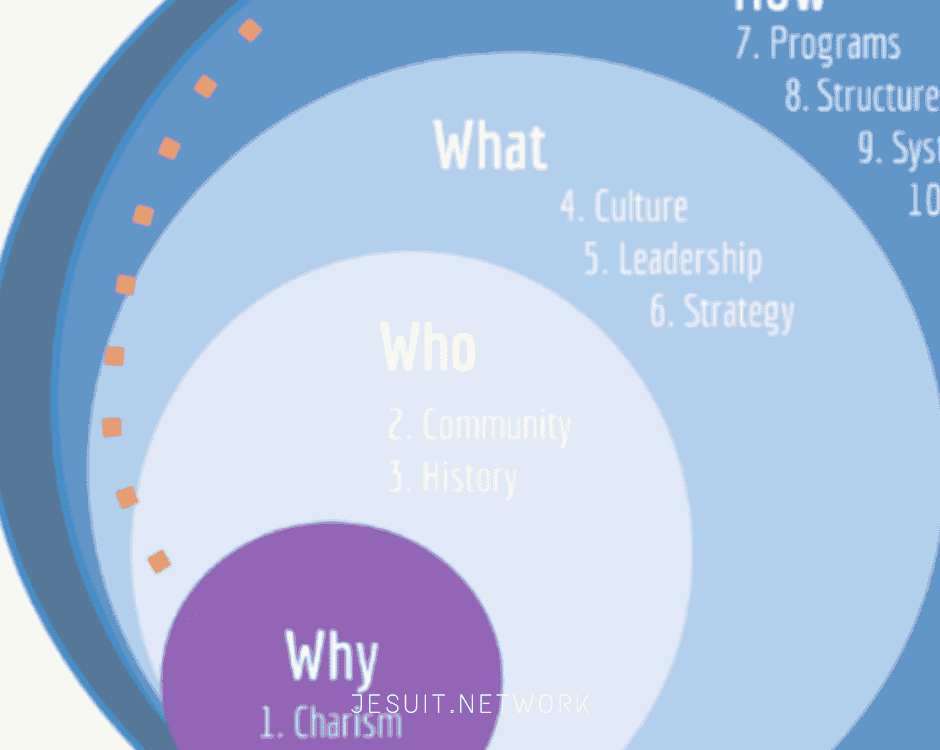This website uses cookies so that we can provide you with the best user experience possible. Cookie information is stored in your browser and performs functions such as recognising you when you return to our website and helping our team to understand which sections of the website you find most interesting and useful.
10 Questions to Ask Before Forming a Network
The Jesuit Network project promotes networking in the Society of Jesus as a way of offering joint responses to regional or global apostolic challenges that cannot be met by our institutions acting alone. However, networking is not always easy, requires willingness and encounters some obstacles, like any other organisational structure.
While networks can be a highly effective way to engage issues of scale or complexity, they are not the answer for every issue. Below are 10 questions to consider before forming a network or partnership.
- Is the identified problem beyond the capacity of any one organization?
- Is this a problem or issue where the stakes are high?
- Is the issue complex?
- Have other traditional methods already been tried?
- Is it likely that a common aim could be identified and agreed to?
- Do the organizations involved have similar cultures and values?
- Is there enough diversity among potential participants to provide multiple perspectives on the problem?
- Is there a history of trusting relationships among the organizations that would comprise the network? If not, is there enough time to develop them before tangible outcomes are expected?
- Will you have the necessary resources to develop and implement a network?
- Is the issue one that will require long-term collaboration?
A negative response to any of these questions does not necessarily mean that forming an inter-organizational network is a bad idea. Rather, they are outlined here to support careful consideration about when a network might be the most appropriate organizational form.
For more information, you can read some articles on the potential of networking and added value in the Society of Jesus. Feel free to write to us at [email protected] if you want to go deeper or if you have specific questions we can help you with.
This article is taken from a post published in 2019 at synnergycommons by Janice K. Popp, H. Brinton Milward, and Gail MacKean | Source: Inter-Organizational Networks. Adapted from: Bryson et al., 2006; Holley, 2012; Huxham & Vangen, 2005; Keast et al., 2004; McGuire, 2006; Provan & Lemaire, 2012; Raab & Milward, 2003





